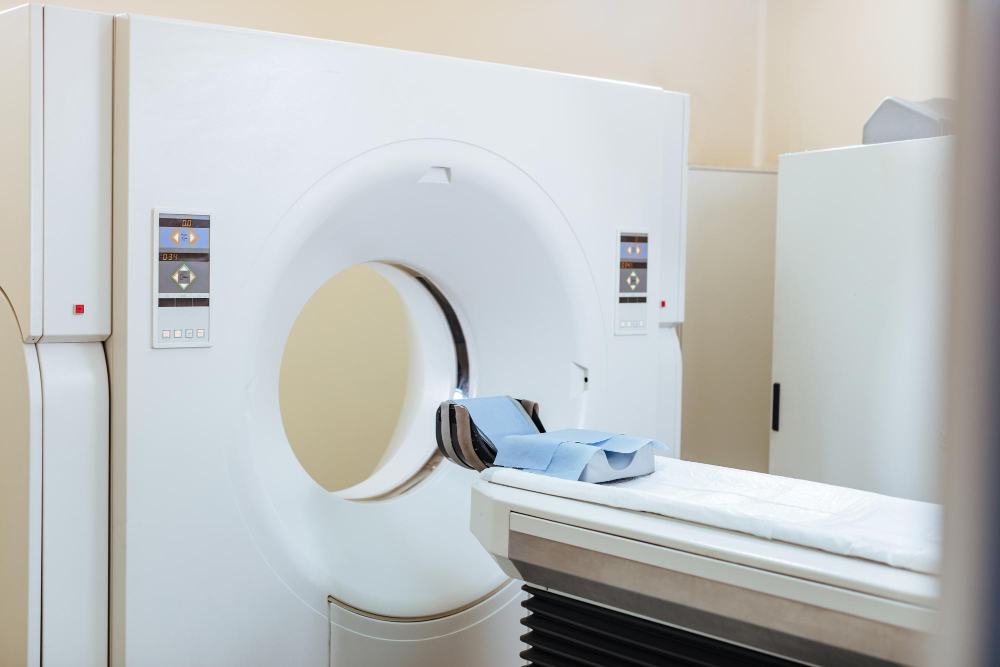Following a successful angioplasty, patients frequently feel relieved since the danger of suffering a heart attack is reduced. After having an angioplasty, one may have different questions about the recovery process. What should you do and not do? Is it a reliable and secure kind of treatment? Do angioplasty procedures treat underlying heart conditions?
There are several recommendations and directions to be followed, but how many are accurate? People are prevented from receiving early treatment because of misconceptions about the complete angioplasty healing process that fear them. Nevertheless, angioplasty is among the most effective treatments for assisting patients in managing their symptoms.
Numerous individuals are worried about angioplasty and their prospects following the procedure. The frequent misconceptions and actual information about angioplasty are shown below. We have comprehensively covered the facts while dispelling myths regarding recovery and the following actions to enhance general health conditions in this article.
Myth: After a successful angioplasty, you can stop using heart medicines.
Fact: A stent is frequently inserted during or just after angioplasty to stop the artery from narrowing once again. In order to prevent blood clot recurrence, blood-thinning drugs are given. If a bare-metal stent is utilized, some drugs must be taken for at least one month; if a drug-eluting stent is used, one may need to take the medication for as least one year. The risk of getting another blood clot increases if you stop taking your medicines without seeing your doctor.
Myth: After being released from the hospital, complete bed rest is essential for a speedy recovery.
Fact: That’s not true. The sooner the patient can resume their regular activities following the intended treatment, the better for the doctors. In order to gradually regain the strength to resume their normal jobs, patients should gradually return to their activities. However, it is not the case for those who receive angioplasty following a heart attack.
Myth: After having an angioplasty, sex is restricted.
Fact: Not only is sex allowed, but because of the overall health advantages of your angioplasty surgery, you could be able to lead a more active sex life. You might need to wait a few days if your operation is elective. You’ll probably need to wait a bit longer to engage in vigorous sexual activity if you had an angioplasty as a result of a heart attack.
Your capacity to engage in sexual activity, however, will vary depending on your circumstances. Additionally, you might have to wait for your incision to heal if your doctor performed the angioplasty while inserting the catheter in your groin. If you’re unsure when it’s safe to resume sexual activity following your operation, speak with your doctor.
Myth: After angioplasty, smoking is okay.
Fact: No, smoking doubles your chance of artery blockage, which causes your blood vessels to contract. The body should not be loaded with more danger when it has already undergone constriction and damage. Giving up smoking and limiting alcohol use is the first step in rehabilitation. Your cardiologist will advise you to alter your lifestyle and establish a healthy routine to prevent further issues.
Myth: Heart issues are cured with the angioplasty treatment and stent.
Fact: After your angioplasty or angiography treatment, you should feel better right away as the procedure unblocked your blood vessel and allowed blood to flow freely. The development of the fatty substance referred to as plaque is the primary cause of a blockage, and while a stent can treat a significant blockage, it doesn’t address this issue.
The only way to lower cholesterol and blood pressure and prevent plaque from accumulating is by adopting a healthy lifestyle. The goal is to maintain awareness regarding your therapy for heart disease and overall heart health. Start by making changes like giving up smoking, adopting a heart-healthy diet, and exercising frequently.
Myth: After having an angioplasty, exercise is not advised.
Fact: Even though angioplasty allows patients to resume their regular lives, the surgeon will create an organized fitness regimen as part of the recovery process. Exercise is advised to increase a person’s body’s muscular strength and endurance, which minimizes the likelihood of clogged arteries in the future. You should start slowly and go back to your routine, but before beginning any fitness program, especially if you were sedentary before the angioplasty, talk to your doctor.
Myth: Family and friends can’t do much to help following angioplasty.
Fact: It frequently helps to know you’re not alone while dealing with a health issue. Having someone to talk to who is encouraging while you take modest measures toward recovery might be beneficial. You can fully recover and maintain the lifestyle changes required to avoid relapsing with the aid of a supportive partner, spouse, kids, or friends. For instance, having a workout partner might increase your likelihood of adhering to a fitness regimen, or your partner can join you in eating healthier meals.
In Conclusion
Recovery following angioplasty or coronary angiography doesn’t have a set procedure to follow! However, it only takes a small number of false and misleading information to deceive someone. Don’t be afraid to talk to your doctor if you have questions about the course of therapy; doing so will help you obtain the proper care and raise your standard of living.


